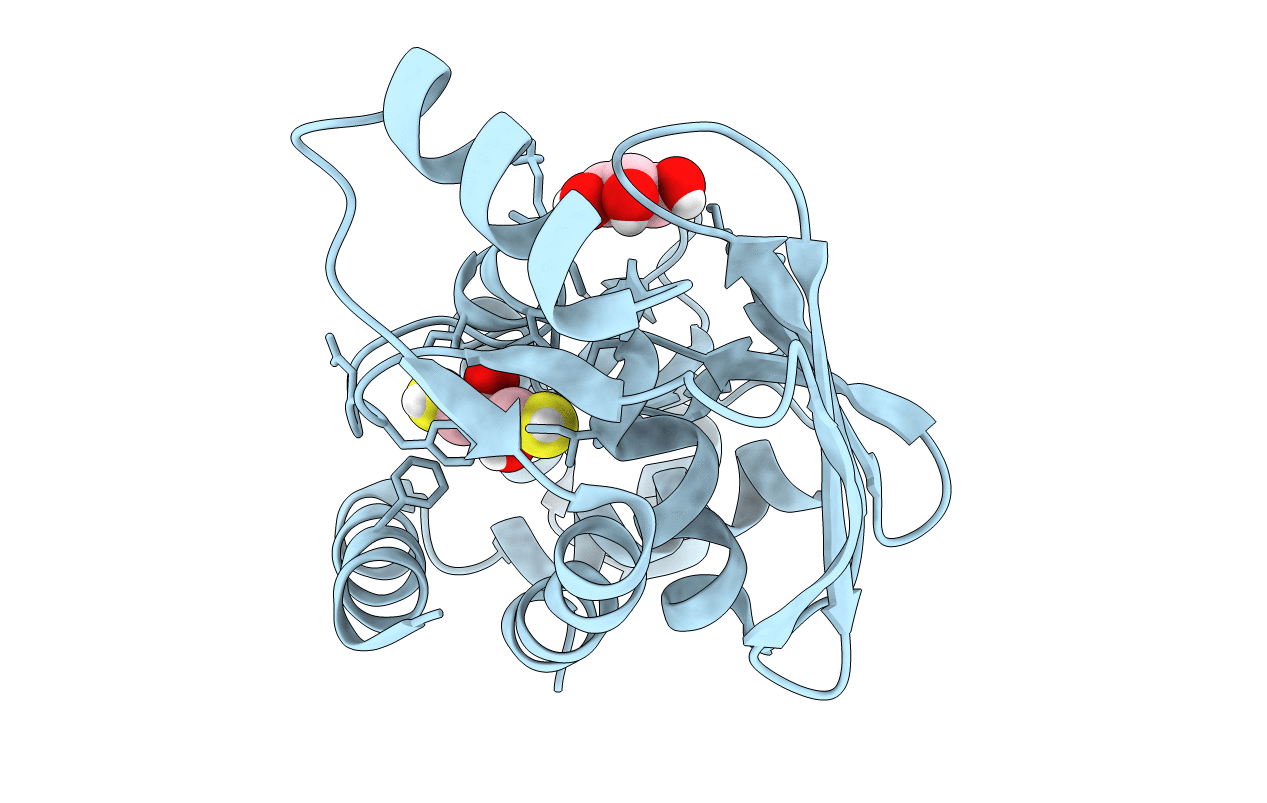
Deposition Date
2015-06-13
Release Date
2016-02-03
Last Version Date
2023-09-27
Entry Detail
Biological Source:
Source Organism:
Bacillus megaterium (Taxon ID: 1404)
Host Organism:
Method Details:
Experimental Method:
Resolution:
1.24 Å
R-Value Free:
0.16
R-Value Work:
0.14
R-Value Observed:
0.14
Space Group:
C 1 2 1


